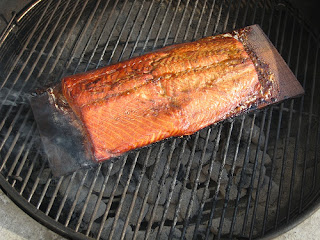 |
| Dave Kopf |
What can a Personal
Trainer do for you?
A personal trainer will sit down with a potential client and
discuss short term and long term physical fitness goals, take a detailed
account of their medical and orthopedic history, record weight fluctuation
within the last year, and most importantly develop a training regimen
specifically for their individual needs.
Most importantly they will work one on one with their trainer learning
new exercises as well as new techniques and most importantly exercising with
proper form. The trainer will keep the
client goal oriented and on track by meeting for workouts consistently during the week.
Why is working with a
personal trainer advantageous to an individual?
Most people fall victims to the S.A.I.D principle. The S.A.I.D principle which stands for
Specific Adaptations to Imposed Demands basically says that an individual will
reach a plateau in their workout and cease to see results if one or more of the
three variables aren’t changed within every 4 to 6 weeks. Specific adaptations observed in athletes are
directly related to the quality and specificity of the aerobic & anaerobic
stimulus within their training programs. Optimal adaptations reflect careful
planning, implementing and performance of conditioning and strength programs.
Other factors like the athletes’ age, sex, nutrition, motivation and prior
fitness level prior to training can also have an impact on training
adaptations.
Below is a list of specific adaptations that are
acquired due to the imposed demands of aerobic & anaerobic training.
Athletes should keep these in mind when creating a sports specific training
program.
Performance
- Muscle endurance:
Increases during anaerobic (high power output) and increases during
aerobic (low power output).
- Muscle strength: No
change during aerobic and increases during anaerobic.
- Vertical jump: No
change during aerobic and increases during anaerobic.
- Aerobic power:
Increases during aerobic and no change or slight increase during
anaerobic.
- Sprint speed: No
change or improvement slightly during aerobic and increases during anaerobic.
- Anaerobic power: No
change during aerobic and increases during anaerobic.
Body Composition
- Fat free mass: No
change during aerobic and increases during anaerobic.
- Percent body fat:
Decreases during aerobic and anaerobic.
Muscle Fiber
- Capillary density:
No change or decreases during anaerobic and increases during aerobic.
- Fiber size:
Increases during anaerobic and no change or increases slightly during
aerobic.
- Fast heavy chain
myosin: Increases during anaerobic and no change or decreases during
aerobic.
- Type II muscle fiber
subtype conversion: Almost all convert to type II during anaerobic and
majority convert to type II during aerobic.
- Mitochondrial
density: Decreases during anaerobic and increases during aerobic.
Bone & Connective Tissue
- Bone density: No
change or increases during both aerobic and anaerobic.
- Collagen content:
Varies during aerobic and may increase during anaerobic.
- Ligament strength:
Increases during both aerobic and anaerobic.
- Tendon strength:
Increases during both aerobic and anaerobic.
Metabolic Energy Stores
- Stored Creatine
Phosphate: Increases during both aerobic and anaerobic.
- Stored ATP:
Increases during both aerobic and anaerobic.
- Stored
Triglycerides: Increases during both aerobic and anaerobic.
- Stored Glycogen:
Increases during both aerobic and anaerobic.
Enzyme Activity
- Myokinase: Increases
during both aerobic and anaerobic.
- Creatine
phosphokinase: Increases during both aerobic and anaerobic.
- Lactate
dehydrogenase: Varies during aerobic and no change or varies during
anaerobic.
- Phosphofructokinase:
Varies during aerobic and no change or varies during anaerobic.
For more information on Personal Training packages please call Dave Kopf (732)-521-8049.



